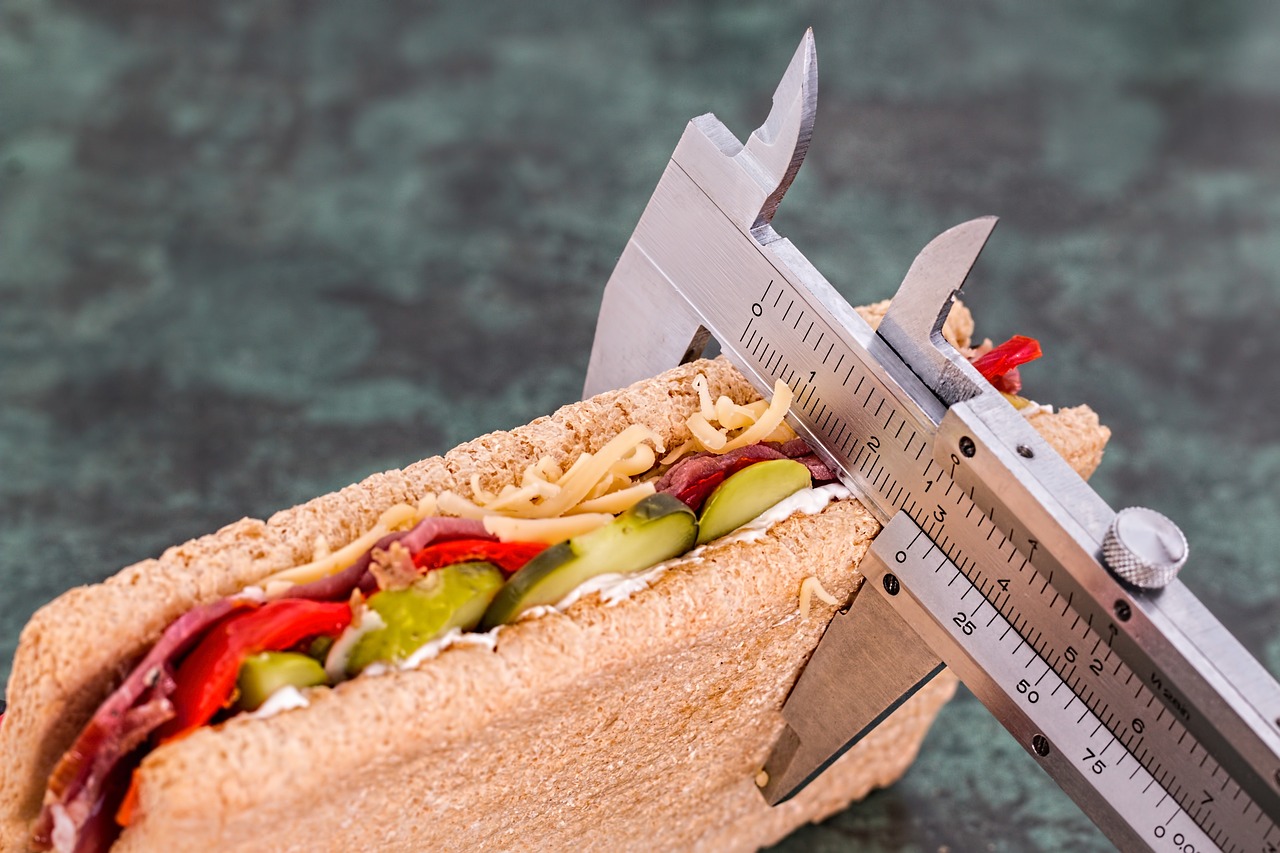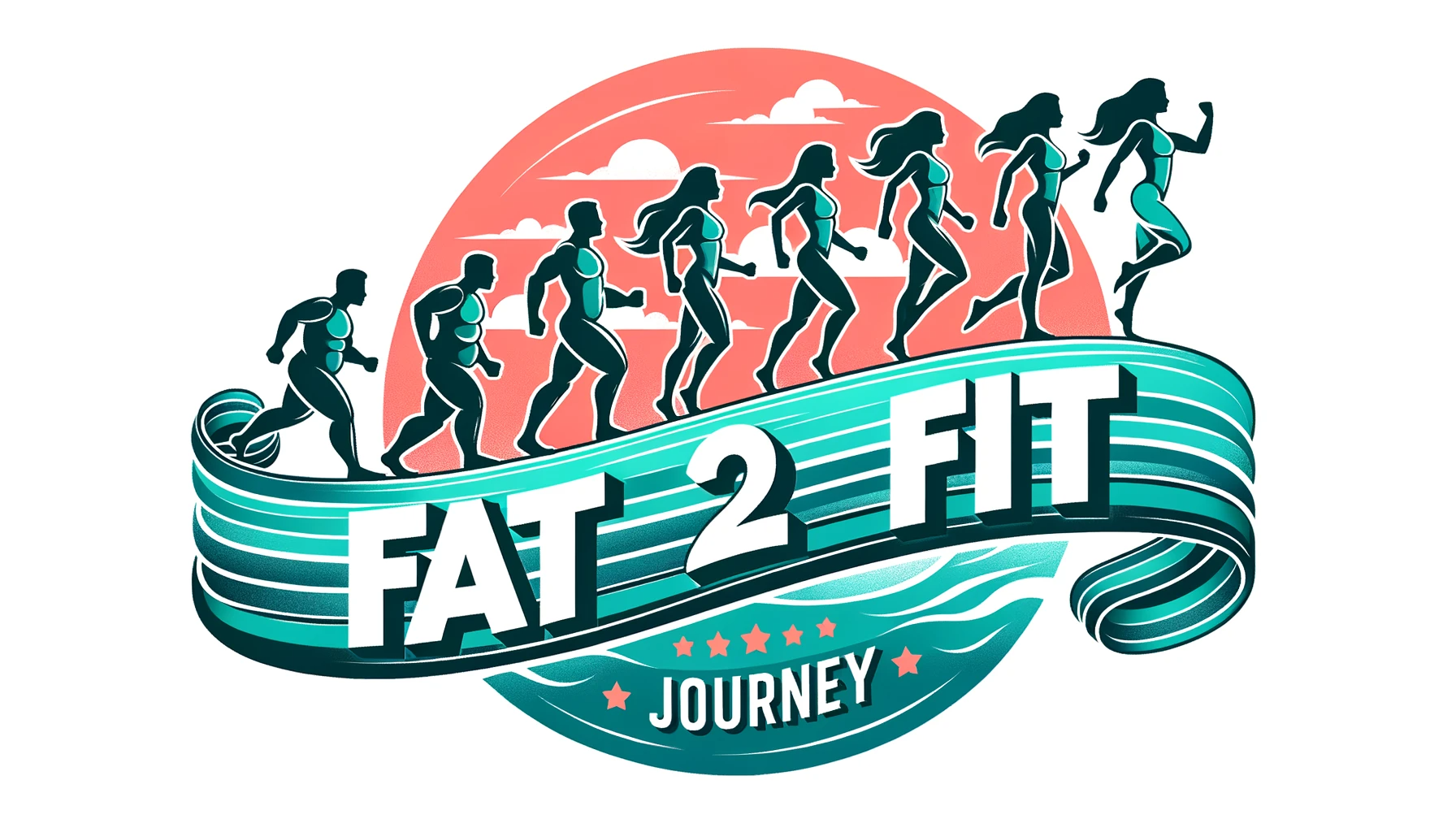If you’re looking to get your heart pumping and improve your cardiovascular health, look no further than cardio workouts. This guide will provide you with all the information you need to know about heart-healthy exercises that will help you burn calories, increase stamina, and strengthen your heart muscles. From jogging and cycling to swimming and dancing, there are a variety of cardio exercises to suit your preferences and fitness level. So, lace up your sneakers and get ready to give your heart the workout it deserves!
Table of Contents
The Importance of Cardiovascular Health
Cardiovascular health is crucial for overall well-being and longevity. The cardiovascular system, which includes the heart, blood vessels, and blood, plays a vital role in delivering oxygen and nutrients to all organs and tissues in the body. By maintaining a healthy cardiovascular system, you reduce the risk of developing various diseases, including heart disease, stroke, and high blood pressure.
Understanding Cardiovascular Health
To comprehend the importance of cardiovascular health, it’s essential to understand what it entails. Cardiovascular health refers to the optimal functioning of your heart and blood vessels. A healthy cardiovascular system should have a strong heart, clear blood vessels, and a good blood flow that efficiently supplies oxygen and nutrients to the body.

Benefits of Cardiovascular Exercise
Engaging in regular cardiovascular exercise offers numerous benefits for your heart health. Firstly, it strengthens the heart muscle, enabling it to pump blood more efficiently. This leads to an improved circulation, lower resting heart rate, and reduced strain on the heart.
Cardiovascular exercise also helps in managing weight by burning calories and increasing metabolism. It can aid in reducing body fat, particularly visceral fat, which surrounds internal organs and has been linked to an increased risk of heart disease.
Furthermore, regular cardiovascular exercise improves lung capacity, lowering the risk of respiratory conditions. It also enhances overall endurance and stamina, making daily activities feel easier and more manageable.
Risk Factors for Cardiovascular Disease
Understanding the risk factors associated with cardiovascular disease is essential for maintaining heart health. These risk factors include high blood pressure, high cholesterol levels, smoking, obesity, physical inactivity, diabetes, and a family history of heart disease. By being aware of these risk factors, you can take the necessary steps to reduce your chances of developing cardiovascular disease.

Types of Cardiovascular Exercises
There are various types of exercises that fall under the umbrella of cardiovascular workouts. Each type offers unique benefits and can be tailored to your preferences and fitness level.
Aerobic Exercises
Aerobic exercises, such as brisk walking, jogging, and swimming, are classics and are excellent for cardiovascular health. These exercises increase your heart and breathing rate, improving your cardiovascular endurance over time.
High-Intensity Interval Training (HIIT)
HIIT workouts involve short bursts of intense exercise followed by periods of active recovery. This type of training keeps your heart rate elevated and can be a time-efficient way to improve cardiovascular fitness while burning calories.
Circuit Training
Circuit training combines cardiovascular exercises with strength training exercises performed in quick succession. It provides a comprehensive full-body workout that improves cardiovascular fitness and builds strength simultaneously.
Dancing
Dancing is a fun and enjoyable way to get your heart pumping. Whether it’s Zumba, salsa, or hip-hop, dancing can improve cardiovascular fitness, coordination, and balance.
Swimming
Swimming is a low-impact exercise that works the entire body. It is gentle on the joints while providing excellent cardiovascular benefits. Swimming laps or participating in water aerobics classes are great options.
Cycling
Cycling, whether outdoors or on a stationary bike, is an effective cardiovascular exercise. It strengthens the lower body muscles while improving cardiovascular endurance.
Running/Jogging
Running or jogging is a popular form of cardiovascular exercise that can be done almost anywhere. It is a high-impact exercise that strengthens the legs, improves endurance, and provides cardiovascular benefits.
Walking
Walking is a simple and accessible form of cardio exercise that can be enjoyed by individuals of all fitness levels. It is low-impact and can be easily incorporated into your daily routine.
Rowing
Rowing is a full-body workout that engages the muscles of the arms, legs, and core. It provides cardiovascular benefits while improving strength and endurance.
Jumping Rope
Jumping rope is a high-intensity cardiovascular exercise that improves coordination, agility, and cardiovascular endurance. It can be done anywhere and requires minimal equipment.
Designing an Effective Cardio Workout Routine
To create an effective cardiovascular workout routine, consider the following guidelines:
Setting Goals and Objectives
Start by determining your fitness goals and objectives. Whether it’s improving cardiovascular fitness, losing weight, or training for a specific event, having clear goals will help you create a focused and structured workout routine.
Determining Fitness Levels
Assess your current fitness levels to determine the appropriate starting point for your workouts. This can be done through various fitness tests or by consulting with a fitness professional.
Choosing the Right Exercises
Select a variety of cardiovascular exercises that you enjoy and that align with your fitness goals. It is important to incorporate exercises that challenge your cardiovascular system while considering your fitness level and any physical limitations.
Planning Duration and Intensity
Determine the duration and intensity of your workouts based on your fitness level and goals. Gradually increase the duration and intensity over time to allow for progression and improvements in cardiovascular fitness.
Warming Up and Cooling Down
Always start your cardio workouts with a proper warm-up to prepare your body for exercise and reduce the risk of injury. Likewise, finish each workout with a cooldown period to gradually bring your heart rate back to its resting state.
Incorporating Variety
Include different types of cardiovascular exercises in your routine to keep it interesting and target various muscle groups. Variety also helps prevent overuse injuries and ensures a well-rounded cardiovascular workout.
Monitoring Heart Rate
Monitoring your heart rate is an effective way to gauge the intensity of your workouts. Aim to keep your heart rate within your target heart rate zone, which is typically 50-85% of your maximum heart rate.
Tracking Progress
Keep track of your workouts and monitor your progress over time. This can help you stay motivated and make adjustments to your routine as needed.

Tips for Heart-Healthy Cardio Workouts
To ensure you are optimizing your cardiovascular workouts and keeping your heart health in mind, consider the following tips:
Starting Slow and Gradually Increasing Intensity
If you are new to exercise or returning after a long break, start with low-intensity workouts and gradually increase the intensity over time. This will allow your body to adapt and reduce the risk of injury.
Considering Low-Impact Options
If you have joint issues or other physical limitations, opt for low-impact exercises such as swimming, cycling, or using an elliptical machine. These exercises are gentle on the joints while providing excellent cardiovascular benefits.
Maintaining Proper Form and Technique
Using correct form and technique during cardiovascular exercises is essential for preventing injury and maximizing efficiency. If you are unsure about proper form, consider working with a fitness professional for guidance.
Listening to Your Body
Pay attention to your body and adjust your workouts accordingly. If something feels painful or uncomfortable, modify or stop the exercise. It is important to listen to your body’s signals and not push through unnecessary pain.
Staying Hydrated
Proper hydration is crucial during cardio workouts as dehydration can impact performance and increase the risk of muscle cramps. Drink water before, during, and after your workouts, especially in hot weather or during intense exercise sessions.
Eating a Balanced Diet
Maintaining a healthy diet is vital for heart health and overall well-being. Fuel your body with a balanced combination of carbohydrates, proteins, and healthy fats to ensure optimal energy levels for your cardiovascular workouts.
Avoiding Overtraining
While cardio workouts are essential for heart health, it is important to avoid overtraining. Listen to your body’s need for rest and recovery to prevent fatigue, injury, and burnout.
Getting Sufficient Rest and Recovery
Allow your body time to rest and recover between cardio workouts. This includes getting enough sleep, incorporating rest days into your routine, and practicing relaxation techniques such as stretching or yoga.
Cardiovascular Exercise and Weight Management
Cardiovascular exercise is often associated with weight loss and weight management. Here’s how cardio exercises aid in weight management:
How Cardio Exercises Aid Weight Loss
Cardio exercises help promote weight loss by burning calories and creating a calorie deficit. When you engage in cardio workouts, you increase your heart rate and oxygen consumption, which in turn results in calorie burning. Over time, this calorie deficit can contribute to weight loss.
Creating a Calorie Deficit
To create a calorie deficit, the energy expended during your cardio workouts must exceed the calories consumed through your diet. It is important to strike a balance between the calories burned and consumed, as extreme caloric deficits can be detrimental to your health.
Combining Cardio with Strength Training
While cardiovascular exercises are effective for burning calories, combining them with strength training can further enhance weight loss efforts. Strength training builds lean muscle mass, which increases metabolism and helps in burning calories even at rest.
Incorporating Interval Training for Fat Burning
Interval training, such as HIIT, is known to be highly effective for fat burning. By alternating between high-intensity bursts and periods of active recovery, you can maximize calorie burn and fat loss during your cardio workouts.
Targeting Specific Body Areas
Cardio exercises alone may not directly target specific body areas for fat loss. However, incorporating exercises that engage multiple muscle groups, such as full-body circuits or swimming, can help tone and shape various body areas while burning calories.
Maintaining Weight Loss through Cardiovascular Exercise
Once you’ve achieved your weight loss goals, incorporating cardiovascular exercise into your routine can help you maintain your weight loss. Regular cardio workouts help in preventing weight regain by managing calorie balance and improving overall fitness levels.
The Best Time for Cardio Workouts
Determining the best time for your cardio workouts depends on personal preference, lifestyle, and specific goals. Consider the following factors when deciding on the timing of your cardio sessions:
Morning vs. Evening Workouts
Some people prefer to start their day with a morning cardio workout to boost energy levels and metabolism throughout the day. Morning workouts can also be a great way to jumpstart your day and ensure that exercise is prioritized.
On the other hand, evening workouts can be beneficial for those who feel more energized and perform better later in the day. Evening workouts can also serve as a stress reliever after a long day.
Effect of Fasted vs. Fed State
The decision to do cardio workouts in a fasted or fed state depends on individual preference and goals. While some studies suggest that fasted cardio may enhance fat burning, others indicate that exercising in a fed state can provide more energy for a higher intensity workout. Experiment and choose what works best for you.
Considering Personal Preference and Lifestyle
Ultimately, the best time for your cardio workouts is the time that allows for consistency and enjoyment. Consider your daily schedule, energy levels, and personal preferences. Find a time during the day when you feel motivated and can dedicate yourself to the workout.
Adapting to Work and Family Schedule
If work and family commitments make it challenging to find dedicated workout time, look for opportunities to incorporate physical activity throughout the day. This can include taking short walks during breaks, using stairs instead of elevators, or doing quick cardio exercises at home.
Planning Around Meals
Some people prefer to do cardio workouts before meals, while others may find it more comfortable to exercise after eating. Consider your body’s response to exercise and digestion when planning your workout timing. Aim to avoid exercising immediately after large meals to prevent discomfort.
How to Stay Motivated for Cardio Workouts
Staying motivated is crucial for maintaining a consistent cardio workout routine. Consider the following strategies to keep your motivation levels high:
Setting Realistic Goals
Set specific and achievable goals for your cardio workouts. Whether it’s increasing your endurance, reaching a target distance, or improving your time, having clear goals helps provide direction and motivation.
Creating a Supportive Environment
Surround yourself with a supportive network of friends, family, or workout partners who share your enthusiasm for cardio exercise. Encourage each other, share progress, and celebrate achievements together.
Finding Enjoyment in Exercise
Choose activities that you genuinely enjoy and look forward to. If you dislike running on a treadmill, try exploring other forms of cardio, such as dance classes, swimming, or cycling. When you enjoy your workouts, staying motivated becomes easier.
Joining Group Classes or Clubs
Joining group exercise classes or clubs can provide an extra boost of motivation. The energy and camaraderie of exercising with others can make your cardio workouts more enjoyable and help you stay committed.
Using Wearable Fitness Trackers
Wearable fitness trackers, such as smartwatches or fitness bands, can provide real-time feedback, track your progress, and offer motivational reminders. They can help you stay accountable and provide a sense of achievement when reaching milestones.
Rewarding Yourself
Celebrate and reward yourself for reaching your cardio workout goals. Treat yourself to a massage, buy new workout gear, or indulge in a favorite healthy meal. These rewards can serve as a positive reinforcement and keep you motivated.
Tracking Progress and Celebrating Milestones
Keep track of your progress by recording details of your workouts, such as distances, times, or calories burned. Celebrate milestones along the way, such as completing a certain distance or achieving a target heart rate. Reflecting on your progress can provide a sense of accomplishment and keep you motivated to continue.
Cardiovascular Workouts for Different Fitness Levels
Cardio exercises can be modified and tailored to different fitness levels. Here are some recommendations for various fitness levels:
Beginner Cardio Workouts
If you’re new to exercise or have been inactive for a while, start with low-impact exercises like walking, swimming, or cycling at a comfortable pace. Gradually increase your workout duration and intensity as your fitness improves.
Intermediate Cardio Workouts
For individuals with a moderate fitness level, consider incorporating jogging, running, or higher intensity interval training into your routine. You can also experiment with various cardio machines and group classes to challenge yourself.
Advanced Cardio Workouts
Advanced fitness enthusiasts can explore higher intensity cardio exercises like sprints, hill training, or advanced HIIT workouts. These exercises push your cardiovascular system to the limit and can significantly improve cardiovascular endurance.
Modifications for Joint Pain or Injuries
If you have joint pain or injuries, opt for low-impact exercises that minimize stress on your joints, such as swimming or using an elliptical machine. Modify movements as needed, and consult with a healthcare professional if necessary.
Adapting Exercises for Seniors
For seniors, low-impact exercises like walking, swimming, or gentle cycling are generally safe and effective cardiovascular options. Listen to your body, consider any health conditions, and consult with a healthcare professional before starting a new routine.
Cardio Workouts for Athletes
Athletes may benefit from incorporating specific cardio exercises that align with their sport of choice. This can include sport-specific drills, agility exercises, or interval training tailored to the demands of their sport.
Common Mistakes to Avoid
To ensure a safe and effective cardio workout, it’s important to avoid common mistakes that can hinder progress and increase the risk of injury. Some mistakes to avoid include:
Skipping Warm-Up and Cool-Down
Failing to warm up properly before cardio exercise can increase the risk of muscle strains or other injuries. Cooling down after exercise helps bring your heart rate back to a resting state gradually.
Neglecting Strength Training
While cardiovascular exercise is important, neglecting strength training can lead to muscle imbalances and increase the risk of injuries. Incorporate strength training exercises at least two days a week to maintain a balanced fitness routine.
Overdoing High-Impact Exercises
Engaging in excessive high-impact exercises without allowing time for recovery can lead to overuse injuries, such as stress fractures or shin splints. Balance high-impact exercises with low-impact options and ensure adequate rest days.
Relying Solely on Cardio for Weight Loss
While cardiovascular exercise aids in weight loss, solely relying on it without addressing nutrition and strength training can limit results. Incorporate a well-rounded approach that includes a balanced diet and strength training for sustainable weight loss.
Ignoring Rest and Recovery
Overtraining and not allowing enough time for rest and recovery can lead to fatigue, decreased performance, and an increased risk of injuries. Listen to your body’s need for rest and ensure you have regular rest days in your workout schedule.
Not Seeking Professional Guidance
If you’re new to exercise, have specific health concerns, or need guidance on designing an appropriate cardio workout routine, consider seeking professional help. Fitness trainers, exercise physiologists, or healthcare professionals can provide expert advice and customization.
FAQs: Cardio Workouts and Heart Health
Is cardio exercise necessary for heart health?
Yes, regular cardio exercise is crucial for heart health. Engaging in cardiovascular exercises strengthens your heart, improves circulation, lowers blood pressure, and reduces the risk of developing heart disease.
What is a safe heart rate for cardio workouts?
A safe heart rate range for cardio workouts is typically 50-85% of your maximum heart rate. This range ensures that you’re working within a suitable intensity level. Calculate your target heart rate zone by subtracting your age from 220 and then multiplying it by the desired intensity percentage.
How often should one do cardio exercises?
The American Heart Association recommends at least 150 minutes of moderate-intensity cardio exercise or 75 minutes of vigorous-intensity cardio exercise per week. This can be achieved by exercising for 30 minutes on most days of the week.
Can you do cardio workouts if you have an existing heart condition?
It is important to consult with a healthcare professional before starting any exercise program, especially if you have an existing heart condition. With proper guidance and monitoring, many individuals with heart conditions can safely engage in cardiovascular exercise.
Are there any age restrictions for cardio exercises?
While there are no specific age restrictions, it is important to adjust the intensity and type of cardio exercises based on individual fitness levels and any underlying health concerns. Always consult with a healthcare professional before starting or modifying an exercise routine, especially for older adults or individuals with pre-existing health conditions.
By following a well-designed cardiovascular exercise routine and incorporating healthy lifestyle habits, you can significantly improve your cardiovascular health, maintain weight, and enhance overall well-being. Remember to consult with a healthcare professional or fitness expert to ensure that your exercise routine is safe and tailored to your individual needs and goals. With dedication and consistency, you can make cardiovascular exercise an enjoyable part of your daily life and reap its countless benefits.
